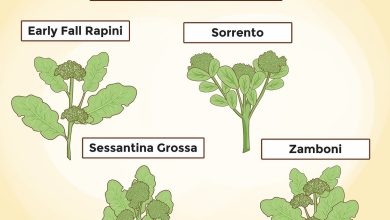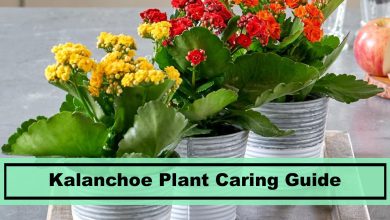The Callisia Repens: [Planting, Care, Irrigation and Substrate]
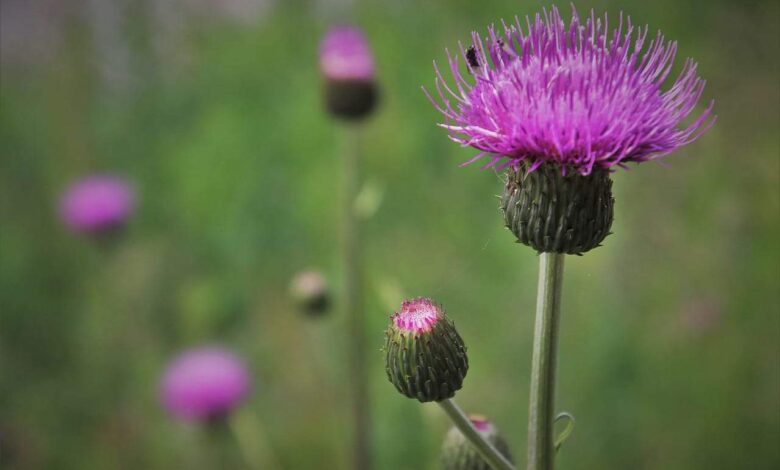
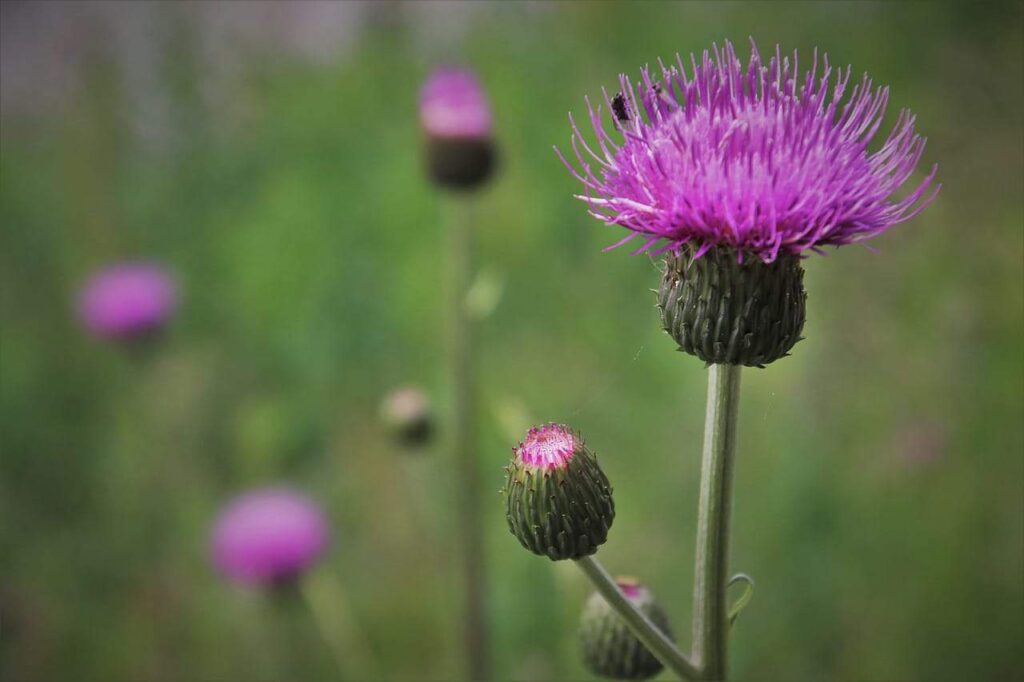 The Callisia repens , native to Central America, is an American plant belonging to the family Commelinaceae. It is a succulent perennial .
The Callisia repens , native to Central America, is an American plant belonging to the family Commelinaceae. It is a succulent perennial .
Small in size but large in satisfactions, it develops a wonderful leafiness, which helps a lot to beautify spaces at home .
Its leaves are beautiful , showy and although it does not exceed 30cms in height, its creeping tendency with fine erect stems that support heart-shaped leaves of an intense green.
Some have rather lanceolate leaves.
It is a plant so easy to propagate or multiply that it is enough to take one of its stems and keep them in a container with water so that it «turns on» quickly. A pot filled with good substrate also works.
You will see how at any time of the year you get new copies of the Callisia . However, it is necessary that you cut the protruding stems delicately, to renew it.
But when you need it to grow as a hanging plant you have to let the stems hang as they see fit.
It also blooms prudently, nothing spectacular. The showiness is concentrated in its leaves, which sometimes acquire a purplish tone on the underside of the same.
- The Callisia fragrans , a native of Mexico, is very popular because its maintenance is not very complicated.
- Callisia monandra is the other Latin American variety.
Characteristics of the Callisia Repens
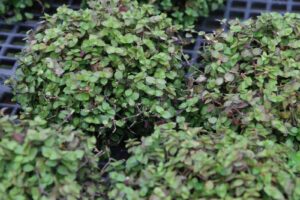 It has certain distinctive characteristics: it developsloosely packed “rosettes” and the leaves are arranged more widely than other Callisia varieties.
It has certain distinctive characteristics: it developsloosely packed “rosettes” and the leaves are arranged more widely than other Callisia varieties.
The leaves alternate and their stems are thinner, about 70 cm high, but they also have other secondary stems that emit terminal rosettes from which new plants will emerge, due to the adventitious roots.
These branches appear in the axils of leaves that have already detached from the mother plant . This is how their children appear.
Let’s see how to give you the best of lives.
Temperature: Where should we plant Callisia Repens?
They grow and develop in cool climates, with temperatures around 15 ° C to 30 ° C. Intolerant of frost, you must take care of your Callisia from cold winter winds. Nothing is worse for your health.
At home, try to always keep it safe
Light: What light needs do you have?
Those specimens of this plant that live in darkness develop very long stems and few leaves. So provide him with a bright place and he will be so happy that soon you will have new plants from cuttings .
It is very easy to multiply.
Substrate and Compost: How do we prepare the soil?
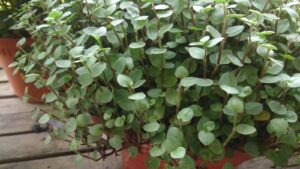 Apply a good liquid fertilizer to the Callisia about twice a month, but in low doses that you will add to the irrigation water.
Apply a good liquid fertilizer to the Callisia about twice a month, but in low doses that you will add to the irrigation water.
This plant does not really demand a specific type of substrate , it tolerates any type of substrate but is organic and has excellent drainage.
Dare to prepare a good homemade substrate for your Callisia . As long as you have the necessary raw materials, you will achieve excellent results. Buy coconut fiber and peat moss, which usually have a pH of 6 or 6.5.
The mixture must contain a proportion of 60% of the blond peat and coconut fiber will take the rest.
This is called a base substrate. Then you add 10% of garden soil and, if you get it, you can add expanded polystyrene , a plastic material that foams or grows, widely used in the construction and container manufacturing sector.
You have to grind this plastic until it looks like a lentil grain. With this preparation you will give much greater physical stability to the substrate and greater oxygenation.
Steps to Plant Callisia Repens
- If you have the plant in a pot, prepare a good hole. At a minimum, it should be a little more in diameter and depth than the pot.
- Water said hole and let it pass for a while. In this way we avoid that the earth is flooded, but it will remain humid.
- Carefully remove the callisia repens from the pot and place it inside the hole.
- Add peat, compost and any other substrate that you have prepared around it.
- It returns to deposit the earth previously extracted.
- Water again, but avoiding waterlogging. It is ideal with a spray or drip .
Irrigation: How often and how?
So at the time of watering, do not forget this natural condition of Callisia.
The opposite will happen in winter, when the proportion of water that the plant receives must be much less. Once a month will suffice, as long as the substrate has completely dried.
 Another important tip is to avoid leaving the leaves wet for a long time. Eliminate excess water in them to prevent them from deteriorating.
Another important tip is to avoid leaving the leaves wet for a long time. Eliminate excess water in them to prevent them from deteriorating.
From time to time, take advantage of removing or pruning the leaves and twigs that are drying out.
The Callisia has many variants of good foliage that will help balance the special rooms in your home. Choose the one you like the most and you will complete excellent decorations with a distinctive natural touch.
In short, take care that the substrate does not puddle or the roots will not withstand excess moisture. That is part of the preservation secret of this plant true to its long-lasting temperament.

![Photo of Winter Cuttings: [Types, Sowing and Species]](https://www.complete-gardening.com/wp-content/uploads/2022/08/winter-cuttings-types-sowing-and-species-390x220.jpg)
![Photo of Planting a Banana: Complete Guide [Answer to All Your Questions]](https://www.complete-gardening.com/wp-content/uploads/2022/08/planting-a-banana-complete-guide-answer-to-all-your-questions-390x220.jpg)
